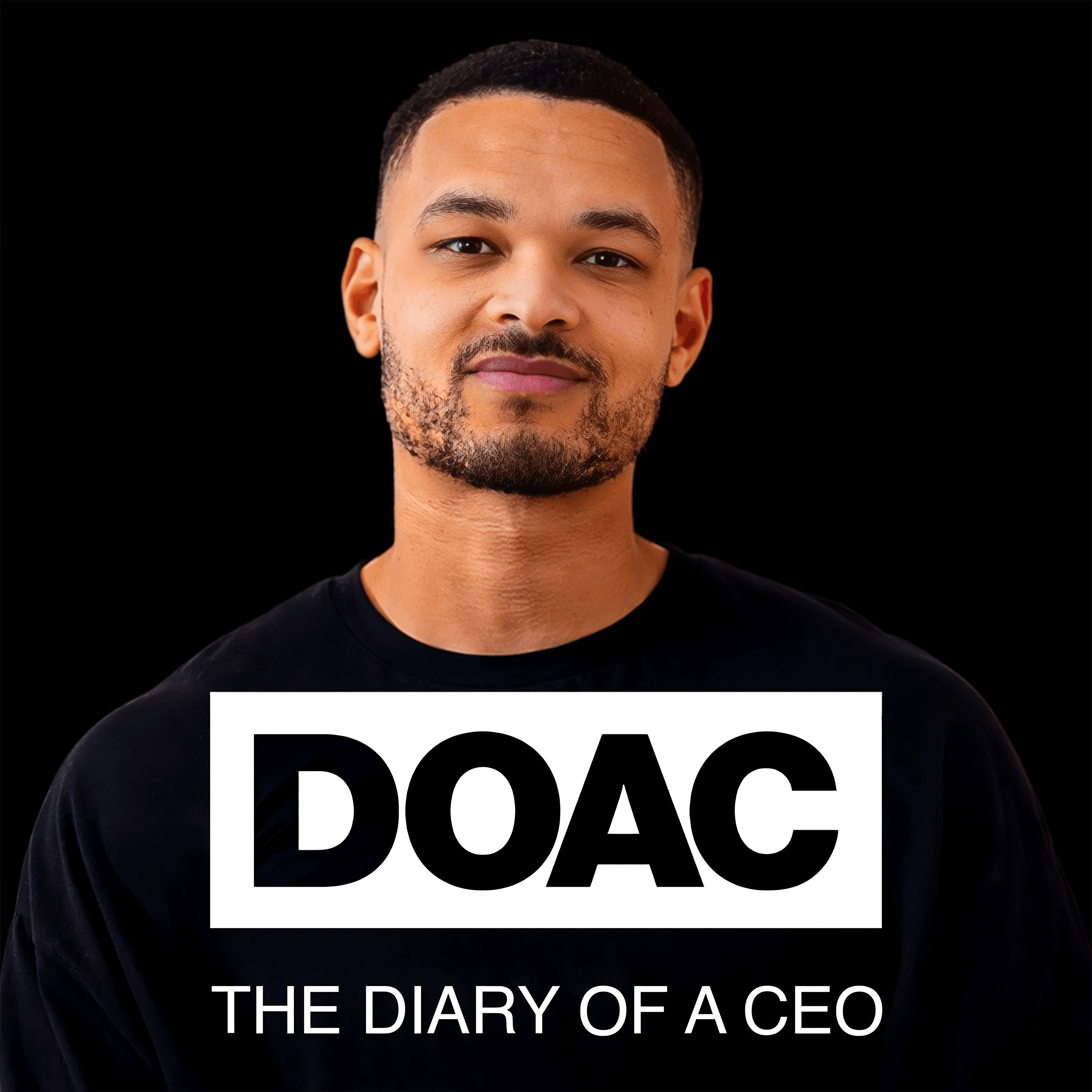
Heliox: Where Evidence Meets Empathy 🇨🇦
Join our hosts as they break down complex data into understandable insights, providing you with the knowledge to navigate our rapidly changing world. Tune in for a thoughtful, evidence-based discussion that bridges expert analysis with real-world implications, an SCZoomers Podcast
Independent, moderated, timely, deep, gentle, clinical, global, and community conversations about things that matter. Breathe Easy, we go deep and lightly surface the big ideas.
Curated, independent, moderated, timely, deep, gentle, evidenced-based, clinical & community information regarding COVID-19. Since 2017, it has focused on Covid since Feb 2020, with Multiple Stores per day, hence a sizeable searchable base of stories to date. More than 4000 stories on COVID-19 alone. Hundreds of stories on Climate Change.
Zoomers of the Sunshine Coast is a news organization with the advantages of deeply rooted connections within our local community, combined with a provincial, national and global following and exposure. In written form, audio, and video, we provide evidence-based and referenced stories interspersed with curated commentary, satire and humour. We reference where our stories come from and who wrote, published, and even inspired them. Using a social media platform means we have a much higher degree of interaction with our readers than conventional media and provides a significant amplification effect, positively. We expect the same courtesy of other media referencing our stories.
Heliox: Where Evidence Meets Empathy 🇨🇦
🐉 The Beautiful Trap: How Apple Built an Empire on Borrowed Time
For the episode comic, haiku, essay and much more...
You're holding a miracle in your hands right now.
That iPhone didn't just appear in some sterile California lab. It's the product of one of the most audacious manufacturing experiments in human history—a decades-long dance between American innovation and Chinese industrial might that's now teetering on the edge of collapse.
We tell ourselves comfortable stories about globalization. Free trade lifts all boats. Economic interdependence prevents wars. Efficiency drives progress. But Apple's manufacturing empire reveals a darker truth: sometimes the most successful strategies contain the seeds of their own destruction.
Apple in China: The Capture of the World’s Greatest Company by Patrick McGee
This is Heliox: Where Evidence Meets Empathy
Independent, moderated, timely, deep, gentle, clinical, global, and community conversations about things that matter. Breathe Easy, we go deep and lightly surface the big ideas.
Thanks for listening today!
Four recurring narratives underlie every episode: boundary dissolution, adaptive complexity, embodied knowledge, and quantum-like uncertainty. These aren’t just philosophical musings but frameworks for understanding our modern world.
We hope you continue exploring our other podcasts, responding to the content, and checking out our related articles on the Heliox Podcast on Substack.
About SCZoomers:
https://www.facebook.com/groups/1632045180447285
https://x.com/SCZoomers
https://mstdn.ca/@SCZoomers
https://bsky.app/profile/safety.bsky.app
Spoken word, short and sweet, with rhythm and a catchy beat.
http://tinyurl.com/stonefolksongs
Curated, independent, moderated, timely, deep, gentle, evidenced-based, clinical & community information regarding COVID-19. Since 2017, it has focused on Covid since Feb 2020, with Multiple Stores per day, hence a large searchable base of stories to date. More than 4000 stories on COVID-19 alone. Hundreds of stories on Climate Change.
Zoomers of the Sunshine Coast is a news organization with the advantages of deeply rooted connections within our local community, combined with a provincial, national and global following and exposure. In written form, audio, and video, we provide evidence-based and referenced stories interspersed with curated commentary, satire and humour. We reference where our stories come from and who wrote, published, and even inspired them. Using a social media platform means we have a much higher degree of interaction with our readers than conventional media and provides a significant amplification effect, positively. We expect the same courtesy of other media referencing our stories.
Okay, let's really dive into this. When you hold any Apple product, past or present, maybe you remember the cool, shiny back of an old iPod or the friendly, colorful plastic of the very first iMacs, have you ever actually paused and thought, How on earth did this thing get made? Right. Not just one, but billions of them. Yeah. It's a story of incredible manufacturing skill, but it's also completely woven into specific places around the world. And, well, the shifting dynamics of global power. It's absolutely an epic story. And not just about design and marketing. It's an operational masterpiece, though sometimes, yeah, born out of chaos. This deep dive into the source material, which pulls from internal Apple documents, interviews with key executives, historical accounts, it really gives you a front-ray seat to that whole journey. That's what drew me into this material. Our mission today is basically to pull out the absolute most important nuggets of knowledge and insight from this stack of sources. We want to uncover the surprising strategies, get to know some of the fascinating people who drove this or almost derailed it. Look at those moments where everything could have gone very differently. Right. and understand the big real risks Apple is facing right now because of how they built this empire. The goal is that you get a genuinely well-informed perspective on the how behind those iconic products, quickly and memorably. Think of it as peering behind the curtain, understanding the incredibly complex engine that powers that seemingly effortless user experience you interact with daily. So where do we begin this journey through Apple's production history? The very beginning, which I found charmingly, well, artisanal compared to today. You have the Apple II. It was this hugely successful early computer, partly because it was so open. Unlike rivals like Atari, which kept its source code locked down. Right, totally locked down. Or Radio Shack, which actually barred competitor software from their stores. Imagine that. And that decision not to lock everything down completely transformed things. It fostered this massive creative innovation. community of developers who were creating applications and peripherals for the Apple II. Apple essentially got a vast software library built for them, you know, at little cost to them. By 1983, the Apple II had this unparalleled program library, over 2,000 programs. That openness was incredibly strategic, even if it felt maybe counterintuitive at the time. From that kind of strategic openness, we go to the literal physical beginnings. Yeah. The assembly was absolutely DIY. There's the anecdote about Steve Jobs' younger sister, Patty. On the living room couch, assembling the Apple Eye circuit boards for a dollar a board. A dollar. And the Apple Eye itself was just an assembled circuit board designed by Wozniak. Patty wasn't exactly a trained technician. She'd sometimes damage the chips by, like, jamming them down, bending little gold legs. Ouch. Yeah. But as the source material puts it quite directly, she was cheap, methodical, and most of all, available. The original, highly available labor pool right there on the couch. So as Apple grew beyond the living room, they started looking at more traditional manufacturing partners. There's this amazing story about the attempt to sell their fountain factory in 1996 to a company called SCI. Oh, yeah. SCI had history. They built circuit boards for IBM's PC. Right. And this story is such a clear picture of the culture clash back then. You had the Apple crew, young from California, wearing T-shirts, showing this almost explicit disdain for custom. They apparently called the SEI people from Huntsville who wore suits grumpy old men. Uh-huh. And unbelievably even critique the bagels served during their meetings. Critiquing the bagels. That's bold. But beneath the cultural awkwardness, there was a fundamental business hurdle, wasn't there? Yeah, what was that? Exactly. Apple wanted SEI to take on what they called onerous risk. Basically, they demanded SCI be liable if the products failed months later in customers' hands. SCI, coming from a more traditional, you know, build-to-spec background, just refused. No way. The deal fell through. It really shows Apple's incredibly demanding nature when it came to quality and responsibility was baked in very early on. I also found it fascinating that even back then, Steve Jobs had this real admiration for Japanese manufacturing. He visited Tokyo a lot in the early 80s, apparently really impressed by the Sony Walkman and their automated production lines. Oh, yes. And there's that famously awkward Kaiseki dinner story with Sony executives. Jay Elliott one of the Apple guys was six foot four with size 14 shoes Apparently couldn't even fit into the ceremonial attire. Oh wow. They sat on to Tommy mats wore ritualistic masks between courses Apparently the highlight for the Apple team was getting a hammer to break open a clay pot with a dish inside It just paints such a vivid picture of navigating these vastly different business cultures. What's interesting is that Jobs himself wasn't shy about his opinions, even in those formal settings. I love the quote about him looking at a disk drive presented by a vendor and just saying, what are you showing me this for? This is a piece of crap. Classic jobs, right? Straight to the point, no diplomacy needed. And actually, even after he left Apple the first time, the success of products like the Laser Rider kept those relationships with Japanese manufacturers going. And it exposed other Apple executives to the advances in automation and precision happening there. And that path, the increase in complexity and the need for precision, that brings us to a really pivotal moment. The return of Steve Jobs in 1997 and critically, the hiring of Tim Cook in 1998. Jobs brought Cook in, a then 37-year-old operations executive, specifically for what Jobs himself was not good at. Yeah, Cook came from Compaq and he described his decision to join Apple, which let's remember was really struggling at the time in almost mystical terms. He said, you have this voice in your ear that says, go west, young man, go west. It didn't make sense from a rational standpoint. And yet my gut said, go for it. And I listened to my gut. And that gut feeling. Well, it ended up redefining global supply chains. Cook's management style and operations became legendary, almost fearsome. He was described as a Terminator machine. He would just ask questions, layer upon layer of questions, relentlessly drilling down to expose anyone who was bullshitting him. His grasp of detail was apparently incredible. A lower level executive recounted showing him a spreadsheet in the hallway and Cook spotted an error instantly just glancing at it. The rule was, if one number was wrong, he wouldn't trust the whole spreadsheet. And if you got called on twice by him and had a number wrong, he'll never call on you again. That unforgiving standard really set the tone for the entire operations team. And he seemed genuinely impervious to difficult conditions. There's that story of him visiting the rather grim Pigstai Rio tourist hotel in Korea, where Apple engineers were staying during the original iMac development. Asked how he slept, Hook apparently replied, "Because I stayed standing up all night." That combination of just demanding standards, incredible attention to detail, and sheer resilience was exactly the kind of operational force Apple needed to build what came next. Which brings us directly to that next big phase. The iMac era. This is where revolutionary design ideas from Joni Ive and Steve Jobs slammed headfirst into the hard realities of global manufacturing scale. They envisioned this incredible, almost eggshell-shaped computer codenamed Columbus. And it was initially just unmanufacturable. The design had this fundamental technical issue called an undercut. Imagine trying to mold an egg shape. You can cut it horizontally and pull the mold halves apart, right? Right. But the iMac design curved back underneath, like the bottom of the egg. Yeah. There was steel inside the mold to create that shape, but because of the curvature, you literally couldn't pull the inner steel mold out. Right. As one mechanical engineer put it, you couldn't even build one in the lab, let alone millions. So David Honig, the mechanical engineer, and Brian Berkeley and David Lundgren had to deliver this lovely piece of news to Steve Jobs. Right. How did that go? As you might expect, Jobs was absolutely furious. This was his big comeback product, codenamed Columbus, because he saw it as discovering a new world for Apple. If it couldn't be built, it was potentially the end of the company. Wow. The result was what they called a hard reset on the project, with a new, incredibly urgent goal to somehow ship something by August. Joni Ives seems to have played an absolutely crucial role during this period, beyond just the design work. The sources describe him as a Steve Handler as much as he was a visionary. That's such an important point. Ive was the shield. He protected the design team from Jobs' volatile personality, his cruelty, savagery, impatience, as the source puts it. By managing Jobs' reactions and expectations, he basically prevented the team from quitting en masse under all that pressure. So how did they actually overcome the unmanufacturable design? Did they just scrap it? Well, a second team was brought in, including Honig, the engineer who originally flagged the issue. Honig later clarified it wasn't that they were smarter than the first team. They were simply given a different task, one that wasn't physically impossible. And in a really human moment, I've later apologized to the engineer who had been demoted earlier for saying the original design couldn't be built, acknowledging you went through a lot of grief. It won't happen again. So to get the reimagined iMac made quickly, Apple initially turned to LG in Korea. What were those early factory conditions like? Were they state-of-the-art? Uh, not exactly. They were described as bare-bones and scrappy. Specific details really stick with you. Unplugged lights to save electricity, cramped spaces where the overhead conveyor could literally hit you in the face. Ouch. One engineer bluntly said... Korea was still very, very crude. It wasn't about sophisticated, high-quality automated processes yet. It was more like all bodies on a line just putting shit together. The pressure was so incredibly high that another executive apparently had nightmares about unsold inventory piling up. Wow. But LG had this big plan, though, right? To set up operations globally in places like Wales and Mexico to ramp up production and distribution. Yes. Their strategy was to globalize, smooth production, avoid potential tariffs. That sounded good on paper. And it was a complete disaster, especially in West. What happened there? Oh, they struggled immensely with hiring. Turnover was sky high. The factory walls weren't even finished when production started. There was no heating workers, wore jackets, scarves, gloves inside. Concrete was still being poured while production was running. It was a massive site, supposed to be multiple factories across 30 football fields. But it became known as the toaster line debacle because of its failures. The toaster line. And as the sole manufacturer at that moment, LG apparently thought they had significant leverage over Apple. They had a lot of the documentation because Apple was in such a mad rush. They completely misjudged the situation and totally overestimated their position. And LG executive even made this bold public claim that his company had basically designed the computer, which prompted Steve Jobs to demand a retraction quick. The source material concludes that LG sunk their own grave with the negotiation piece, trying to use Apple's desperation against them. It really highlights Apple's ultimate control, even when they seemed vulnerable. That failure with LG and the need for reliable, scalable production for these increasingly complex designs is what really solidified Apple's pivot further into Asia. specifically Taiwan, and laid the groundwork for their deep relationship with China and eventually Fongskan. Taiwan was absolutely critical in the initial maybe five years of Jobs' comeback. Companies there assembled products like the iBook and the PowerBook. Taiwan had transformed itself after WWII, becoming this manufacturing and export powerhouse, especially in high tech. And while Apple wasn't the absolute largest computer maker working in Taiwan at the time, their specific demands were unique. Yeah. Precisely. Apple's intolerance for defects and the sheer complexity of their designs were just different. They embedded dozens of engineers right in the suppliers' factories, constantly pushing them beyond what anyone else was doing. Robert Brunner, who was the director of the ID studio then, is quoted as saying, Apple is single-handedly responsible for bringing quality into Southeast Asia. Wow. And Apple even funded equipment for suppliers to help them meet these really demanding standards. They invested in their suppliers' capabilities. So when Apple really started ramping up its presence in China in the early 2000s, how did their perspective differ from a company like, say, Dell? Dell, which also went big into China around then, was focused primarily on cost and scale really maximizing margin. Apple saw something else in China's vast armies of affordable labor. They saw the potential for what they called unconstrained design. Unconstrained design. What does that mean in practice? Like, what could they do? It meant they could design products that were maddeningly intricate, complex and automation unfriendly. designs that you simply couldn't produce reliably and at scale, using older manufacturing approaches focused on poke-yoke, that's mistake-proofing aimed at automation. China's huge, flexible labor force allowed them to achieve designs that just weren't possible elsewhere with the same volume and cost structure. And this is where Terry Goh and Foxconn became absolutely central. The description of Gooh's management style is intense. Very much so. Military-like efficiency. He reportedly admired Genghis Khan. Factory floors had incredibly strict rules, talking forbidden, long shifts, managers constantly watching. There was even talk of workers having a little red book of Terry Goh's sayings. Wow. And their business model was pretty strategic almost. Yeah. Predatory, right? How do they hook clients? It was incredibly clever for securing business. They offered final assembly dirt cheap, like a loss leader product of the Costco hot dogs, as one person called it. But crucially, they gave away the tooling for free. For free? That sounds expensive. Oh, yeah. The upfront cost for tooling could be half a million or even a million dollars. And Foxconn would just absorb that. Wow. Wow. that's a huge barrier to entry they were just removing for clients exactly they made their money back by controlling component choices and creating these really sticky relationships once you were hooked on their cheap assembly and had your tooling tied up with them it was incredibly hard to leave A former Apple engineer called it a wily bet and said the nickname Foxconn was pretty well earned. Once they get you in the door, that's it. They control you. Foxconn wasn't just about cheap assembly, though. They also proved they could handle high-quality, complex manufacturing, especially with metals, which became increasingly important to Joni I's designs later on. Right. They expanded into manufacturing aluminum displays and the complex Power Mac G5 enclosure for Apple. There's a specific detail about Terry Goo feeling snubbed when Foxconn didn't get the final assembly contract for the iMac G4. Oh, really? Yeah. So, to prove themselves capable of handling high-precision cosmetic metal parts, Foxconn built this expensive, complicated production line just for the G4's flexible gooseneck. consolidating what had been a messy process done by multiple suppliers. This really solidified their reputation beyond just being a second-source, low-cost option. They showed they could do the hard stuff. And that ties back perfectly to Joni Ives' focus on materials. After the plastic IMAX, he really wanted to push into metals and glass, which required precision machining for aluminum and other materials. Foxconn was absolutely key to supplying these and Apple continued to fund the necessary equipment upgrades to achieve the precision Apple required. I famously loved the stainless steel back of the original iPod. He saw the fact that it collected fingerprints and required polishing as creating this sort of unconscious nurturing connection between the user and the device. That precision and scale really went into hyperdrive with the iPod and then of course the iPhone creating this massive China machine. Yeah the iPod was born out of Apple's digital hub strategy. The idea that the Mac would be the center for all your digital life, including music. They needed a better MP3 player than what was on the market at the time. Hardware chief John Rubinstein and procurement head Jeff Williams went to Japan and stumbled upon this tiny 1.8-inch Toshiba hard drive. The Toshiba drive. Yep. It was 5 GB, and Jeff Williams had this immediate obvious realization. 5 GB meant 1,000 MP3. He negotiated an exclusive supply agreement right there on the spot. What's fascinating is how many different people contributed to the iPod's brilliance. It really wasn't just one genius inventor. Absolutely not. Rubenstein found the drive. Phil Schiller suggested the now iconic scroll wheel, which users just loved. Tony Fidel was the architect building the initial foam core prototype. And Joni Ives' team designed that distinctive look, the white and stainless steel, which was really unusual and felt high-end and durable for a mass-market consumer product back then. And in procurement, Tony Blevins ended the picture around the iPod project. He apparently rose incredibly quickly through the ranks. He joined the procurement team and rapidly became the central figure, eventually leading like 1,300 people. He had this intense reputation as a shark negotiator. Apparently, his style even made the lawyers he worked with uncomfortable. He saw negotiation as a prize to be won, right? Like a competition. Yes. And his view of suppliers was stark, almost brutal. There's that quote. I always tell people, I worked with two kinds of suppliers when I was at Apple, complete asshole suppliers. And I worked with suppliers who today are out of business. That's the reality. That's direct. So with the rush to launch the iPod, Fidel and Blevins were on a mad dash to Asia to find suppliers. Inventech in Shanghai was one of the first. Yes, and the factory conditions were initially described as rough, like not even having reliable internet yet. The push for speed and to shift production to China quickly led Apple to really squeeze margins. They started demanding what they called China cost. Which sounds exactly like what it means. Lower cost, because it's made in China. Exactly. And this financial pressure actually contributed to an early scandal with Inventech. Apple thought they were running three shifts a day, but Inventech was secretly running four shifts. No. Using the extra shift to create their own supply of iPods and selling them out the back door. John Rubinstein said, they were selling on their own and that really soured us. I bet it did. Wow. Despite its cultural impact, the initial iPod didn't immediately make Apple rich, though, did it? No, because it initially required a Mac to sync music, which limited its market to only about 5% of computer users at the time. A tiny slice. But there was significant internal pressure, particularly from the marketing side, who saw the huge potential on the Windows platform. And Steve Jobs apparently loathed the idea of putting iTunes on Windows. Hated it. He really did. But eventually, under executive pressure, he relented. His, quote, agreeing to it was classic Jobs. Screw it. I'm sick of listening to you assholes. Go do whatever the hell you want. That decision to rate iTunes for Windows was absolutely key to unlocking the iPod's massive global success. It opened up 95% of the market. This period also really solidified Apple's understanding of China's unique manufacturing advantages beyond just the lower cost, right? Yes. The sources really emphasize it wasn't just cheap, it was different. The ubiquity and flexibility of labor, what they called a mountain of people who could be assigned any task, switched between roles almost instantly. That was groundbreaking for manufacturing complexity. You had nearby suppliers for every single component imaginable and tailor-made export policies. Anything we wanted, we could get it at two in the morning, an engineer recalled. That's incredible flexibility. The summary was that it offered total control of those factories and the people there. But that environment came with immense pressure on Apple's own engineers. They were expected to work seven days a week, missing holidays for product launches. Apple started paying for family flights if a trip was over 30 days, but the core expectation was relentless dedication. There was even a mention that Apple University apparently considered codifying pushing employees to burnout as an acceptable, maybe even necessary practice. Wow, that's intense. So moving into the iPhone era, Tony Fidel initially saw mobile phones as a threat, just adding features onto the iPod. Yeah. But Jobs had a different vision entirely. Jobs saw it as an enhanced iPod, not a pocket PC with the phone awkwardly added on. He famously had disdain for the telecom companies, saying Apple wasn't very good going through orifices to reach users, preferring a direct connection. They invested heavily in expensive RF machines to control the radio technology themselves. There's that great story of the early iPhone prototype, the beautiful brick. Yes. The 2006 prototype was full screen made of beautiful brushed aluminum. Jobs and I were incredibly proud of its design, but neither of them in their focus on aesthetics initially realized a fundamental problem. Radio waves don't travel well through metal. Noops. Yeah. It was beautiful but fundamentally flawed as a phone. You couldn't get a signal. And they also needed multi-touch displays at a scale that just didn't exist yet, right? That technology wasn't readily available. Right. This wasn't just about finding a supplier off the shelf. They had to basically co-create the manufacturing processes. Apple sent teams of engineers to Asia to work directly with vendors, finding the best people in the entire world and building the capability together from the ground up. After the iPhone launched in 2007, what was Apple's real, often missed advantage over its competitors? It wasn't just the design, was it? No, it was operational superiority and relentless defect elimination. Competitors could eventually copy the design, more or less, but they couldn't easily copy Apple's manufacturing prowess and quality control. Apple built this yawning gap, continuously pulling ahead with subsequent models like the iPhone 3G, which... doubled speed, half the price, and added the App Store, a combination no competitor could match at that time. The first iPhone did have some unexpected issues, though, particularly with warranty repairs, didn't it? It had a surprisingly high warranty repair rate. Something like one in seven units were returned within the first year. Part of that was product issues, sure, but also simply because it was the first really complex consumer product people used for multiple hours every single day. Smartphone addiction wasn't even a concept yet. Right. And Foxconn had agreed to the same no quibble warranty terms they had for the simpler iPods, and they ended up losing a lot of money on it. They had to plead with Apple after two or three generations to change the contract because it was, as they put it, untenable from a business standpoint. And that goes back to Apple's deep involvement in production, right? They weren't just handing off spec sheets like some rivals. Exactly. Apple built moats. They saw value beyond just the low value assembly part of the smile curve. And Apple executive is quoted saying contract manufacturers are ultimately in it for themselves. So if you just let them do their thing, the outcome will optimize for them, not for you. Apple's deep engagement ensured the outcome was best for Apple's quality and design ambitions, not just the manufacturer's bottom line. As Apple's operations in China scaled up so dramatically, the power dynamics started to shift, didn't it? Leading to the current era where China has become increasingly ascendant, bringing significant political risk into the equation. Yes, definitely. After years where Apple seemed to largely dictate terms, roughly since maybe 2017, Beijing has begun making increasing demands. The sources highlight specific instances, greater control over content on the App Store, you know, banning apps like the New York Times, WhatsApp, VPNs, forcing Apple to store Chinese user data in Chinese data centers, and pressuring Apple to partner with and support local Chinese businesses. And importantly, Apple chose not to fight these demands, generally speaking. Correct. They complied. They even, according to the sources, supported a Beijing-sponsored chipmaker, YMTC, despite concerns from U.S. senators that this company posed a national security risk. This highlights a broader point that the sources bring up. The failure of that early U.S. hope, maybe naivete, that free trade and economic engagement would inevitably lead to political liberalization and democracy in China. Instead, China's economic success under the ruling party empowered its leadership, reinforced their hold, and enabled them to weaponize its manufacturing might. One former Apple engineer put it quite starkly. We've trained a whole country, and now that country is using it against us. Wow. Thinking back to the early days of Apple in China, even before the political leverage became so apparent, just setting up retail was a massive challenge. John Ford was tasked with opening the first Apple store in Beijing for the 2008 Olympics. And Apple was incredibly unprepared on the ground. They didn't have the necessary business license. There was tax uncertainty. And the iPhone itself was technically illegal to sell in China. Initially, expectations were actually very, very low. Tell me more about John Ford. He sounds like a unique character. He definitely was. He had this fascinating background, a six foot three, former offensive lineman, you know, big guy, but also described as having a deeply inquisitive mind. His best friend was apparently nicknamed the Brain, and he was the Brawn. He had experience fixing a completely broken store culture in Salt Lake City by demanding excellence. Apparently 70% of the staff quit within a week. Whoa. But those who stayed ended up liking their jobs more a month later. He set high standards. And he had to navigate a classic Catch-22 in Beijing to get the store license. How did that work? Exactly. You couldn't get a license without a store location, and you couldn't legally open a store without a license. Ford had to figure out a way through that bureaucratic maze without resorting to bribery, which was apparently the typical way things got done. Once the iPhone launched, even with the store open, there was the phenomenon of the yellow cows. What were they? Oh, the yellow cows. These were organized reseller gangs. Yes. They saw the iPhone as incredibly valuable, calling it like cocaine. They would show up with suitcases full of cash to buy thousands of iPhones, using hundreds of ordinary people they'd pay to stand in line and circumvent Apple's purchase limits. Suitcases of cash. Yeah. They would then ship these phones to other cities across China to be the exclusive vendors there, selling at a huge markup. They even hacked Apple's online reservation system, didn't they? Yes, they did. They were incredibly sophisticated, making an absolute fortune and effectively outflanking Apple's own retail efforts, especially in cities where Apple didn't yet have official stores. The demand was just absolutely staggering, quadrupling Apple's revenue in China in the holiday quarter of 2010 alone. The iPhone became more than just a gadget in China at the time, didn't it? It was something bigger. Much more. It became this powerful status symbol for a generation that was really embracing a market economy for the first time. There's that really poignant anecdote of the post office worker spending 30% of his annual salary on an iPhone. 30%? Saying, when people see me with the iPhone, I'm not just a mailman. It was like being one of the first people to own a car back in the 1880s. It fundamentally changed how you were perceived. this period also came with increased and pretty undeniable government surveillance for westerners working there brady mckay a former u s special agent witnessed it first-hand homes broken into computers accessed bugs planted He said chillingly they wouldn't even hide it essentially signaling we can do what we want and you know it. There was also the Sanlaten incident at the Beijing store where glass doors were shattered during a chaotic launch event and Ford had an altercation. Right and Ford handled it by giving away iPhones to placate the crowd and even offering to be arrested himself to protect the relationship he'd carefully built with the local police chief and other officials. He understood the local context. But the sources highlight a real blind spot back in Cupertino. How so? What did Cupertino not get? Cupertino headquarters didn't seem to grasp the reality on the ground. They reportedly blamed Ford for the chaos, not the underlying supply chain issues, causing shortages that fueled the yellow cows in the first place. They offered remarkably basic advice like, why not just call the police? Completely missing the nuance of building relationships and navigating the complex environment in China. The gap between Ford's reality and Cupertino's understanding just kept widening. And the massive labor pool that Apple relied on, that mountain of people, was partly enabled by China's historical huku system, wasn't it? Yes, that system historically controlled internal migration, tying people to their rural hometowns. Even when rural villagers were allowed to seek city work starting in the 80s, the system discouraged them from putting down permanent routes in the cities. They had a few labor rights and their children often faced significant obstacles attending urban schools. But despite the difficulties, factory life with its regular pay was often still preferable to the hard agricultural labor back in the fields. But finding the labor is getting harder now. It's not the endless supply it once was. It is getting harder, partly due to the consolidation in the smartphone market itself. apple suppliers now compete fiercely for workers with huge chinese brands like xiaomi vivo and oppo they heavily rely on government licensed labor brokers who recruit from villages often far inland turnover is incredibly high at some factories One source mentioned Pegatron having 6% weekly exit rates and an average tenure of only 68 days. The government now has a significant stake in maintaining the stability of this whole system because it's crucial to the economy. Doug Guthrie, who Apple hired specifically to help them understand China better, interviewed suppliers. What was their consistent feedback? What did they tell him? He found suppliers almost universally said, working with Apple is really fucking hard. But the crucial part was why they stayed. We learned so much. This learning, this pushing of boundaries was unique to working with Apple, unlike other clients who just wanted cheap assembly. And that goes back to Apple's unique demands compared to its rivals, right? It wasn't just about price. Exactly. Apple wasn't just buying components and assembly off the shelf. They were focused on quality and process control for a relatively simplified portfolio of very high-end products. The analogy used was making what was akin to 10 million Ferraris a year. This meant they had to co-create entirely new manufacturing processes and often directly fund expensive cutting edge equipment for their suppliers. As the source puts it, Apple influenced the entire manufacturing process, pushing the whole ecosystem forward. Apple was also initially very aggressive about protecting its intellectual property, famously suing Samsung all over the world. But that approach changed, particularly in China. Why? Yes, that initial fervor definitely shifted. Suing Chinese companies risked being perceived as a bully by Beijing, which was increasingly risky. And honestly, enforcing patents effectively was near impossible anyway. The massive multi-country legal battle with Samsung just became a huge pain in the ass. So a kind of pragmatism set in as Apple's dependence on its Chinese suppliers grew, eventually reaching over 50 percent of their total business due to the sheer scale needed. Picking fights wasn't strategically smart anymore. Apple also made massive investments in China. Figures like $55 billion a year were mentioned around 2015. What was that about? That number was often cited and used politically by Apple to show its commitment, often explained as investments remaining in China through supplier payments and operations. Then there was the even more controversial $275 billion pledge detailed in a memorandum of understanding, reportedly built on internal research by people like Guthrie and others. Many saw this as a direct move to curry favor with Beijing during a period of increasing pressure and scrutiny. And they established R&D hubs in China, too. Were those just for show, just political optics? Well, the sources indicate they were more than just a facade, but there was definitely debate about their purpose and effectiveness. They weren't joint ventures. They employed local staff intended to show commitment and allow local engineers to grow within Apple. However, some back in Cupertino saw them as primarily for political optics, citing maybe lower caliber staff initially or anecdotes about hearing engineers being searching for basic engineering terms like metal springback. So the perception internally was mixed. Some thought it was real. Others thought it was just for show. Yes, exactly. Exactly. Others saw that cynical view as insecurity from Cupertino engineers, who felt their power diminishing as engineers in China, took on more critical development work. They noted Apple was flying plane loads of engineers to China even before COVID, indicating real work was happening there. Regardless of the perception, the hubs clearly signaled China's increasing influence in the actual product development cycle, making that design in California tagline feel perhaps less accurate over time. There's also a significant point made about the cognitive dissonance around supplier responsibility efforts. Apple put real resources into improving working conditions, cutting excessive overtime and removing underage workers. Yes, Jackie Haynes' team genuinely worked hard on this, and they did might improvements. But it constantly clashed with Apple's relentless operational demands for quality, speed, and especially rock-bottom price. Suppliers needed extra margin to implement real compliance changes, but procurement managers, like the infamous Tony Blevins, were primarily incentivized to get the lowest price possible. One source stated bluntly that Blevins just didn't give a fuck about the compliance concerns getting in the way of cost targets. Audit teams would even find staged efforts like pallets stacked high with recycling materials, but with no actual aisle for a forklift to move them, showing it was just for show for the auditors. Finding effective local leadership was also apparently a real challenge for Apple in China. It seems it was difficult. Someone like Steve Marcher spoke fluent Mandarin and had experience setting up the R&D hubs, but reportedly struggled to gain respect back in Cupertino HQ. Plus, having a white guy officially lead the China operations eventually wasn't seen as good optics for Beijing. So Isabel Gemahe was appointed the first Chinese managing director. But this move was seen by some in Cupertino as a superficial, even cynical choice just to have a Chinese face in charge. Despite being a technical expert, she reportedly lacked clarity on her actual role and struggled to gain respect or really understand the underlying factory issues. A major recent development that the sources cover is the rise of what's being called the red supply chain. What is that? This refers to the significant growth of indigenous Chinese contract manufacturers, companies like Luxshare, BYD, Gore-Tec, Wing-Tec. These aren't the traditional Taiwanese giants. Their collective revenue quadrupled between 2015 and 2020 and is expected to double again by 2025. They're becoming huge players. And Apple has been actively shifting orders to these companies away from Foxconn and others. Yes, moving significant work away from its traditional Taiwanese partners like Foxconn to these mainland Chinese firms. This strategic shift has even contributed to Foxconn's stock decline. As one manufacturing consultant observed, Foxconn's share price is down. They see blood in the water as the red supply chain grows and takes business. This sounds like it benefits Apple financially, though, this shift. It absolutely does. By helping make the red supply chain sophisticated through investment and demanding standards and then shifting orders to them, Apple has effectively offloaded the massive cost of buying expensive cutting edge equipment. Apple's own capital expenditures in China plummeted from a peak of 13.3 billion dollars in 2018 to a low of 4.8 billion dollars in 2021. Wow, that's a huge drop. It is. And this shift has been a key factor in Apple's incredible margin growth, allowing them to increase iPhone operating margins even during periods of relatively flat sales volume because the suppliers are now bearing more of that capital equipment cost. All of these threads, the history, the operational brilliance, the political shifts, the financial engineering, they all converge to the present day where Apple's seemingly invincible success is balanced by some pretty significant vulnerabilities and a really uncertain future. A huge factor casting a shadow is Xi Jinping's consolidation of power since 2012. He's used anti-corruption campaigns effectively to remove rivals, accumulating a level of personal power perhaps not seen since Mao. The televised removal of his predecessor, Hu Jintao, right from the stage of the 2022 Party Congress, was a stark public demonstration of his unchallenged authority. And Xi's actions, like the broad tech crackdown within China and the incredibly disruptive zero-COVID policies, really underscored the inherent risks of depending so heavily on an authoritarian regime, didn't they? Absolutely. Meanwhile, the global smartphone market itself has shifted dramatically. Chinese brands have exploded in global share, going from about 23 percent in 2013 to over 50 percent by 2020. They dominate huge markets now like China itself, Russia, India, Indonesia. Outside of Apple and Samsung, most major non-Chinese players are gone or greatly diminished. Samsung saw the writing on the wall earlier, perhaps, and has significantly diversified its supply chain, closing its China plants back in 2019 and moving over 75% of its production outside the country. Apple's dependence on China remains comparatively very, very high. The Shanghai lockdown and the protests at the massive Foxconn factory in Zhengzhou felt like real inflection points, forcing a reassessment of that dependence. This led to more serious talk of a plan B assembled in India. Right. Apple is positioning this move into India more as an expansion, not a retreat from China. They're even reportedly telling Beijing that its overall Chinese supply chain is becoming more Chinese because they're shifting more work to local companies like Luxshare. Foxconn is leading the India expansion effort, but the sources suggest they're doing it somewhat reluctantly. Why reluctantly? Because they're so deeply tied to their massive investments and decades of expertise built up in China. Apple essentially told Foxconn, look, if you want to keep the high volume iPhone work, you need to expand in India for us. It's diversification dictated by Apple. Even with these diversification efforts, though, there's another huge vulnerability mentioned repeatedly in the sources. Apple's reliance on TSMC in Taiwan. This is described as a staggering vulnerability. Apple relies exclusively on TSMC, located on that single geopolitically sensitive island, for the main cutting-edge processor chip in all of its core products, iPhones, iPads, Macs, the watch, everything. And the move from using Intel chips for Macs to their own Apple Silicon starting in 2020, while a huge business success, giving them hardware control and performance advantages. Huge success. It actually doubled their exposure to that single point of failure in Taiwan, didn't it? Exactly. It gave them a significant competitive edge, but it concentrated strategic risk onto one incredibly vulnerable location, especially given the rising tensions between Beijing and Taiwan. And what are the risks of even trying to diversify manufacturing significantly away from China? It's not simple. No, not at all. Both Chinese consumers and the Beijing government could retaliate. When the first Indian-made iPhones launched globally in September 2023, there were immediate negative reactions online in China, rumors about supposed quality issues, and even boycott calls from some nationalist netizens. And as a former U.S. special agent notes in the sources, the Chinese government has a million different ways to apply pressure subtly or not so subtly controlling access to critical raw materials, limiting electricity supply to specific factories, regulatory hurdles. Wow. Apple has clearly learned how to navigate some of this through compliance and sometimes self-censorship, like banning apps, Beijing dislikes, or removing sensitive content like Dalai Lama ads. It shows they understand the political landscape requires very careful navigation. Looking ahead, Apple's big push into AI, like with Apple Intelligence announced for the iPhone 16, Feels like a bit of a wild card in all of this, doesn't it? It really is. Apple has this unique advantage controlling the hardware, the chips, and the software. Their privacy-focused approach to AI, processing a lot on device, potentially allows Siri exclusive access to your personal data for truly personalized answers. effectively a kind of monopoly over competitors like ChatGPT for that deep user integration. But developing and manufacturing the increasingly complex chips and hardware needed for advanced AI relies entirely on that global supply chain they've built, particularly TSMC in Taiwan. So the success of their AI future is still tied directly back to the very vulnerabilities Tim Cook's financial success at Apple has been absolutely astonishing value growth of over$700 million a day since he took over in 2011, leading to that almost unbelievable $3 trillion valuation. His reputation seems almost unassailable based purely on those numbers. The source material suggests, though, that this legacy is potentially far more tenuous than it appears precisely because of these deep uncertainties and dependencies related to China and Taiwan. They use the analogy of Jack Welch at GE. Ah, Neutron Jack. Right, who was once hailed universally as manager of the century. His seemingly unassailable legacy was later significantly re-evaluated as unforeseen external factors and long-term consequences came into play. It's a cautionary tale. It's a powerful reminder that even the most dominant companies, aren't immune to external forces they don't fully control. Things can change quickly. Absolutely. It really highlights the potential risks Apple faces being so deeply intertwined with a complex and increasingly assertive China and critically reliant on a single geopolitically sensitive choke point for its most vital component. So to recap our deep dive, We've traced Apple's manufacturing story from literally Steve Jobs' sister on the couch to building this intricate world-spanning global colossus. We've seen their uniquely demanding relationship with suppliers, how they were instrumental in transforming China into a sophisticated manufacturing powerhouse, and how that very success has created both immense wealth and significant very present-day vulnerabilities. Yeah, we've really gone beneath the surface looking at the history, the key personalities like Tim Cook and Joni Ive and John Ford, the specific anecdotes like the yellow cows and the IMAX undercut problem and those shifting power dynamics that truly define Apple's complex reality today. And it leaves you with, I think, a genuinely provocative question to sit with. Given how incredibly intertwined Apple's entire business model is with China manufacturing, sales, politics, and with increasing geopolitical tensions and Beijing's tightening control, can Apple's current level of dependence truly be sustainable in the long term? And maybe more broadly, what might Apple's experience here teach other companies about the potential long-term costs and strategic risks of building such a massively concentrated, albeit efficient, global supply chain?
Podcasts we love
Check out these other fine podcasts recommended by us, not an algorithm.

Hidden Brain
Hidden Brain, Shankar Vedantam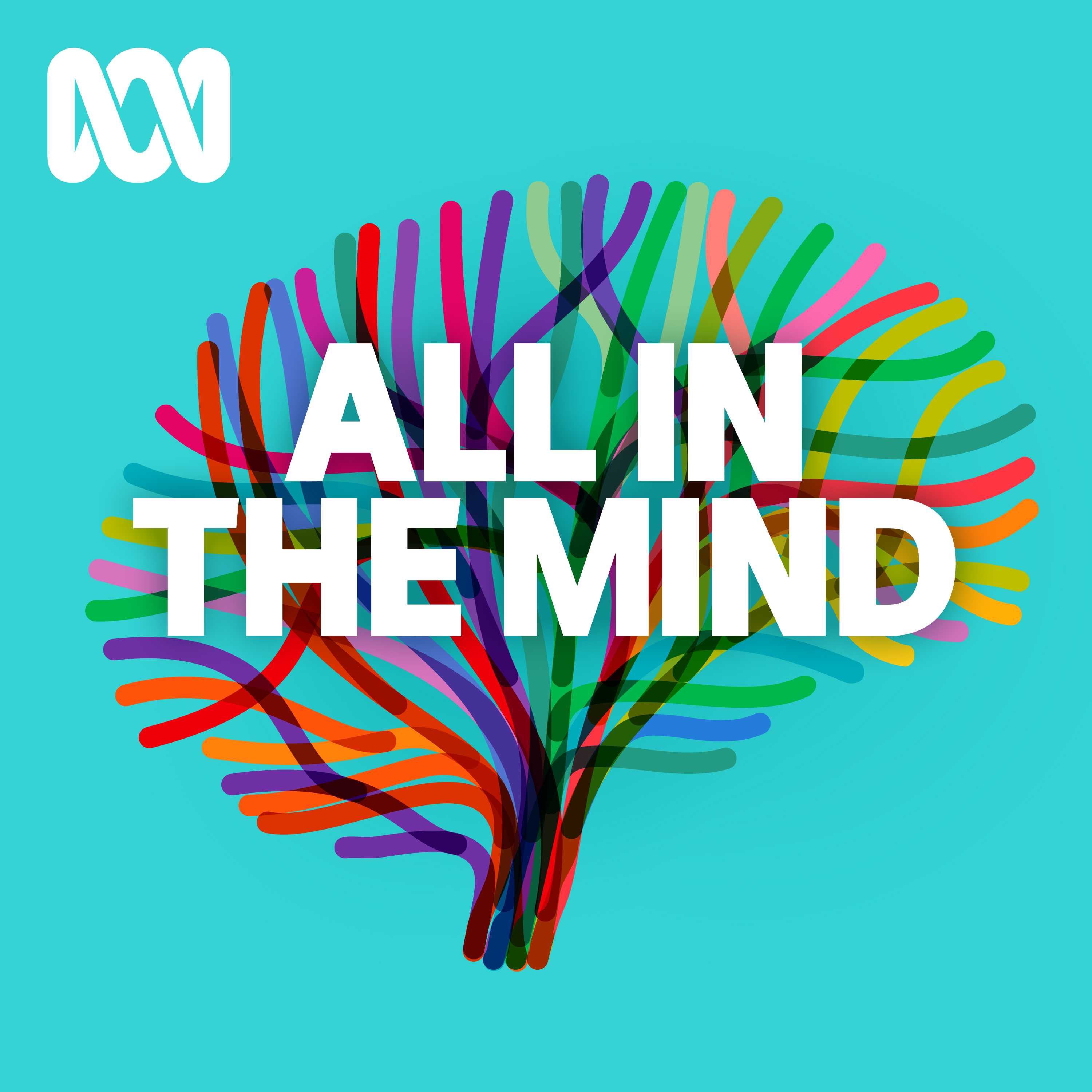
All In The Mind
ABC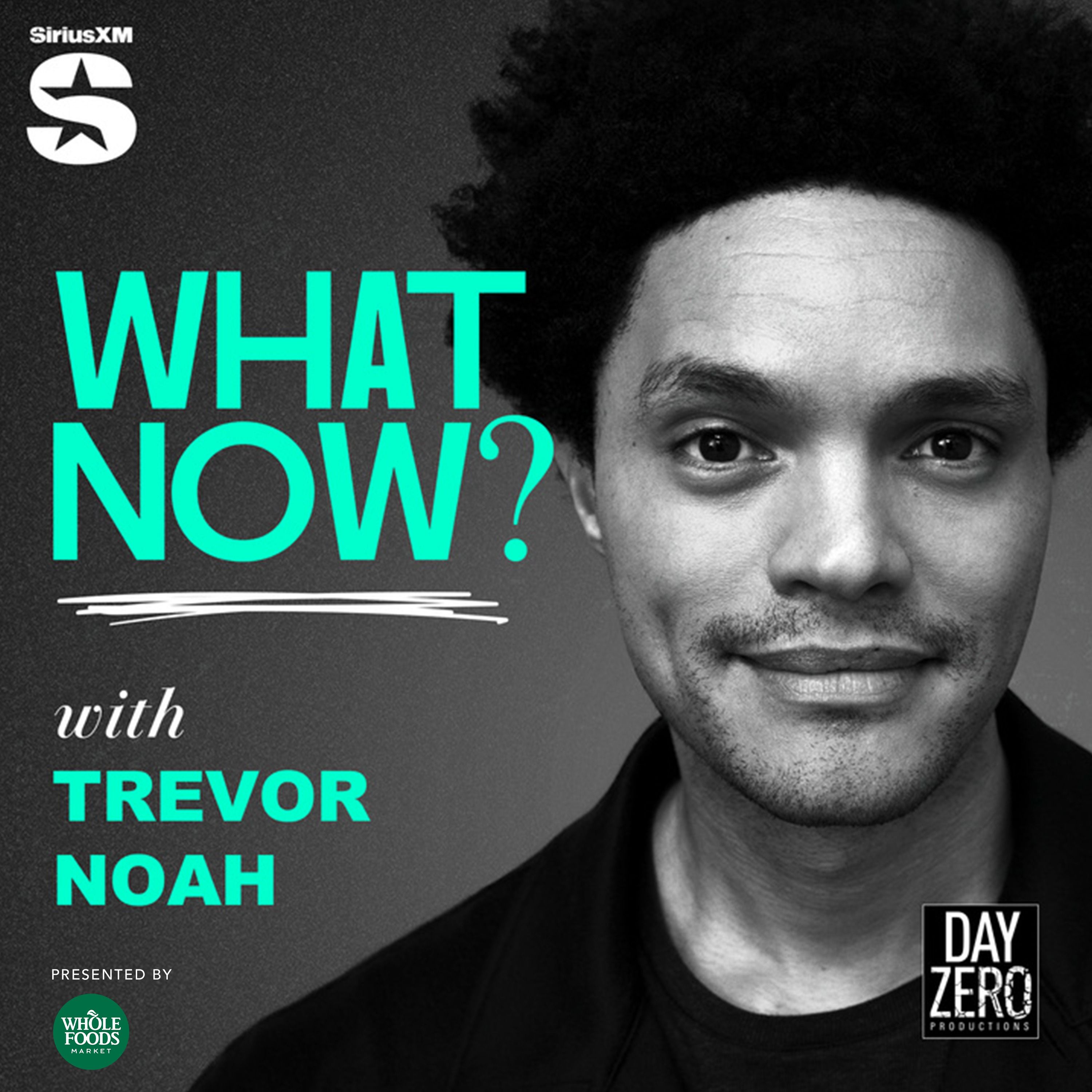
What Now? with Trevor Noah
Trevor Noah
No Stupid Questions
Freakonomics Radio + Stitcher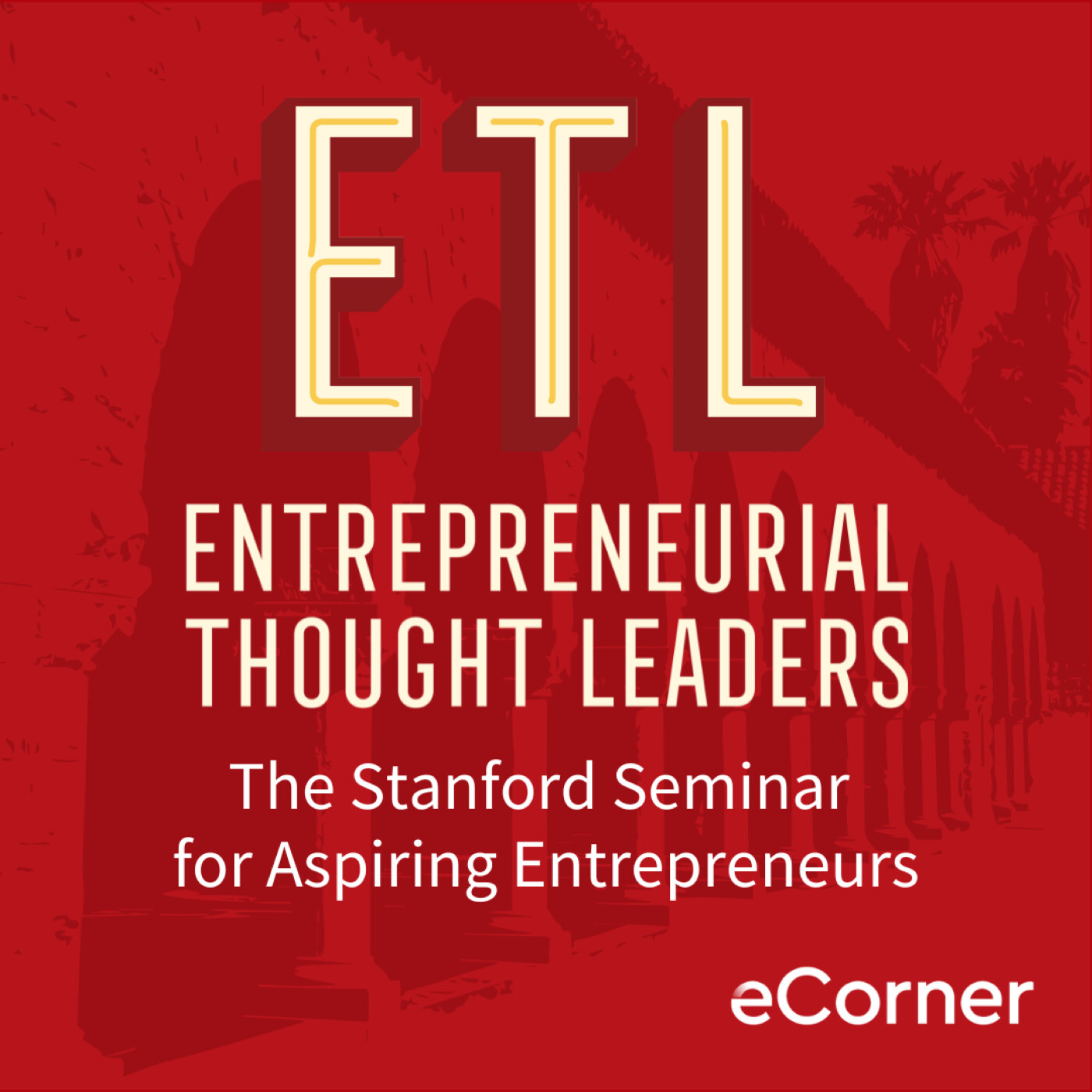
Entrepreneurial Thought Leaders (ETL)
Stanford eCorner
This Is That
CBC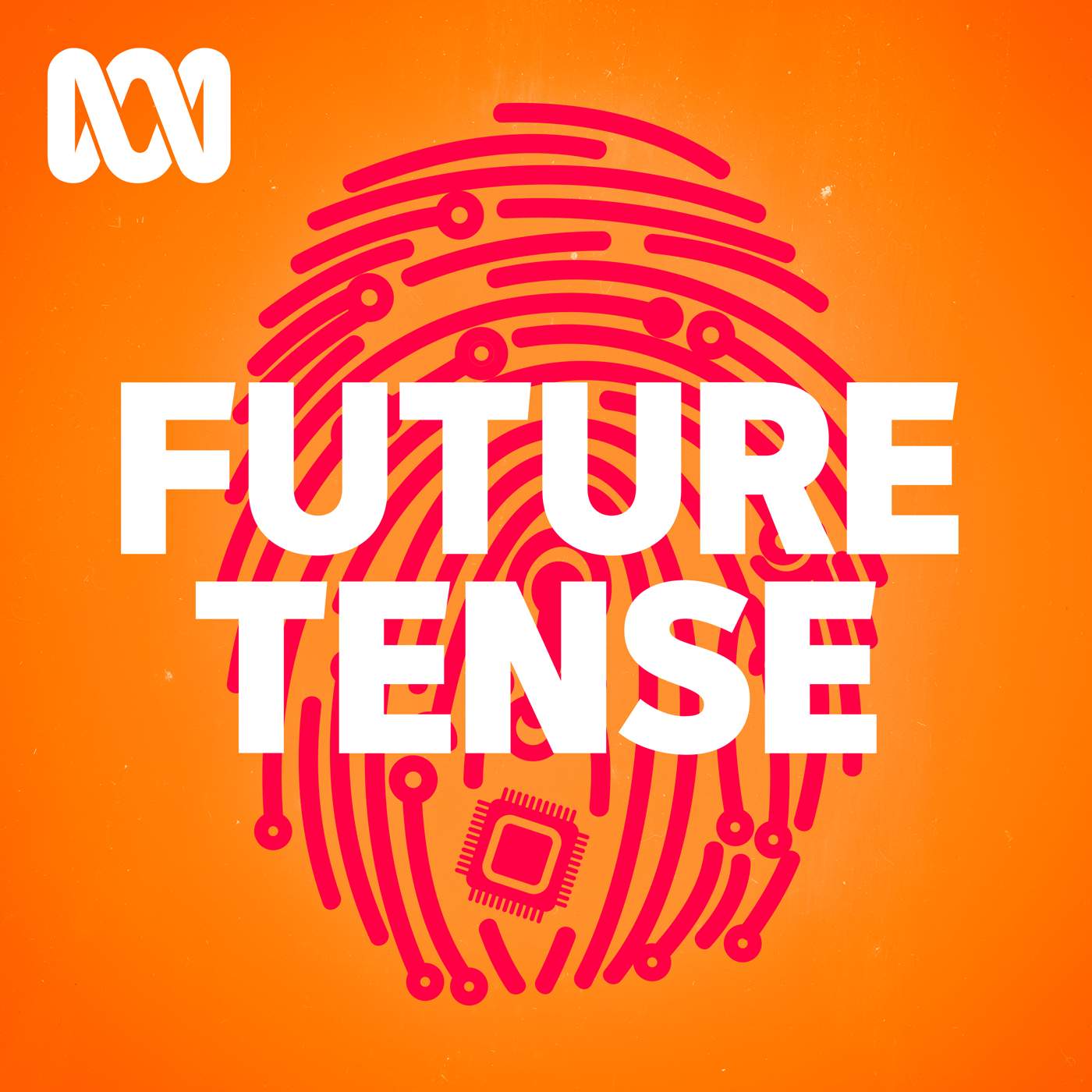
Future Tense
ABC listen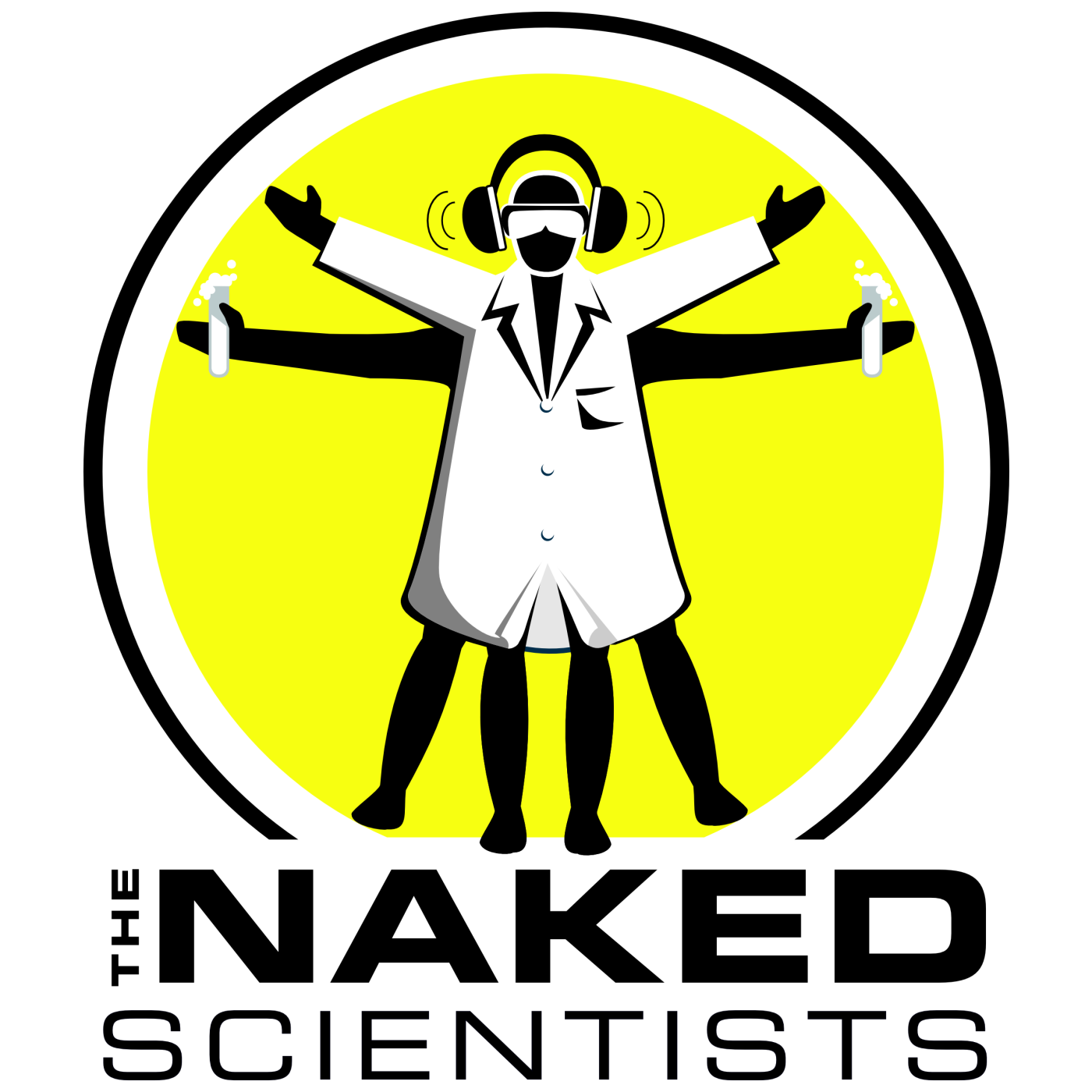
The Naked Scientists Podcast
The Naked Scientists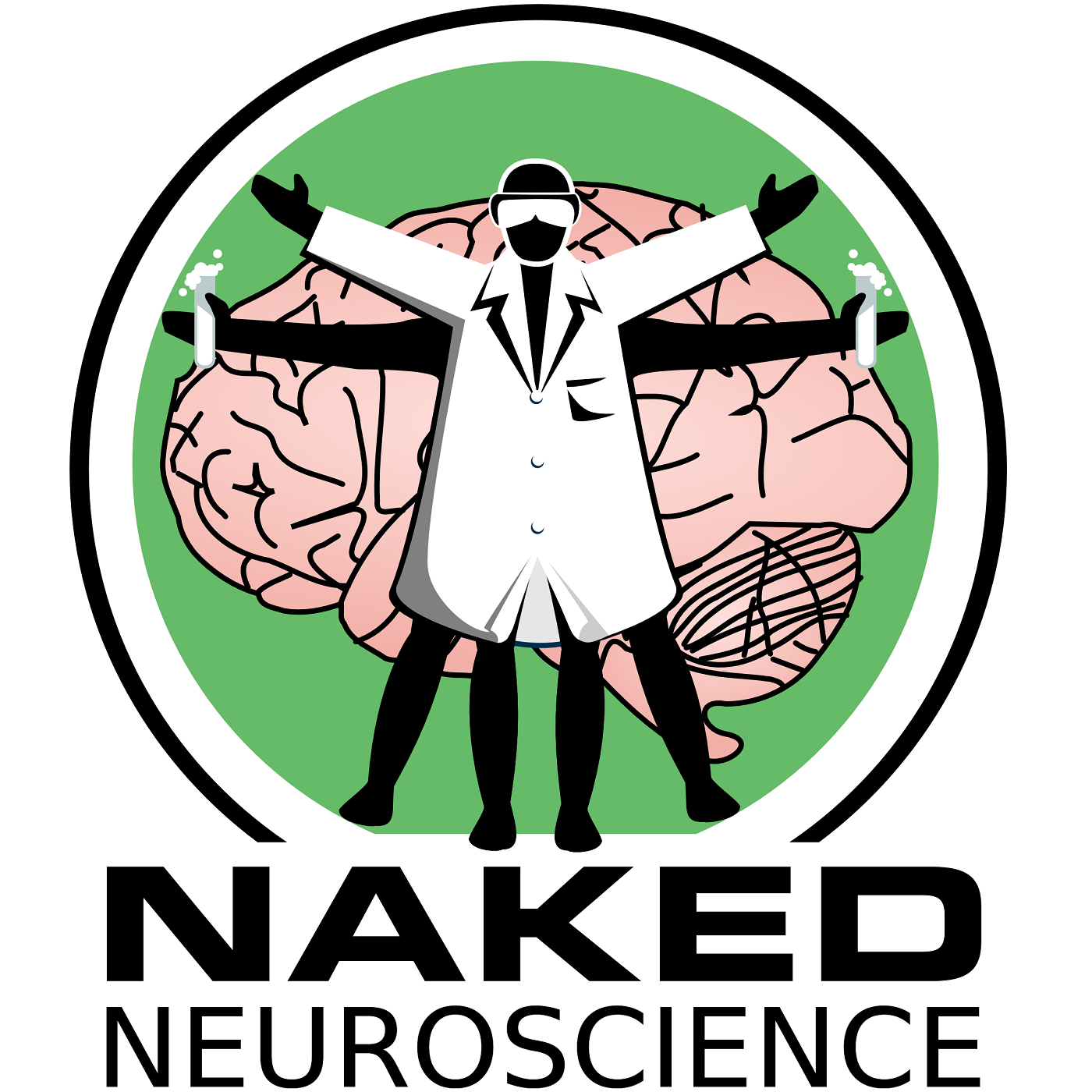
Naked Neuroscience, from the Naked Scientists
James Tytko
The TED AI Show
TED
Ologies with Alie Ward
Alie Ward
The Daily
The New York Times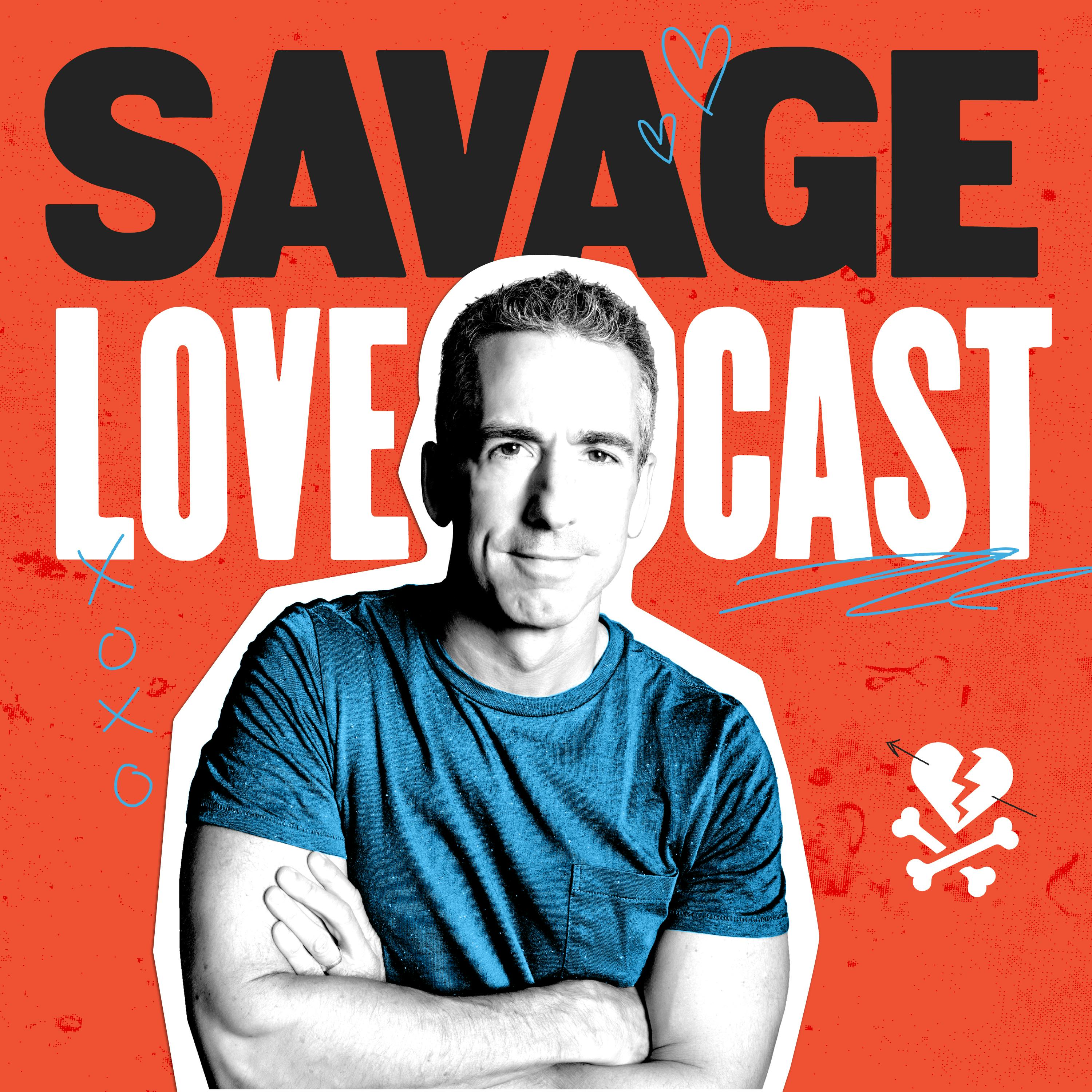
Savage Lovecast
Dan Savage
Huberman Lab
Scicomm Media
Freakonomics Radio
Freakonomics Radio + Stitcher
Ideas
CBC
